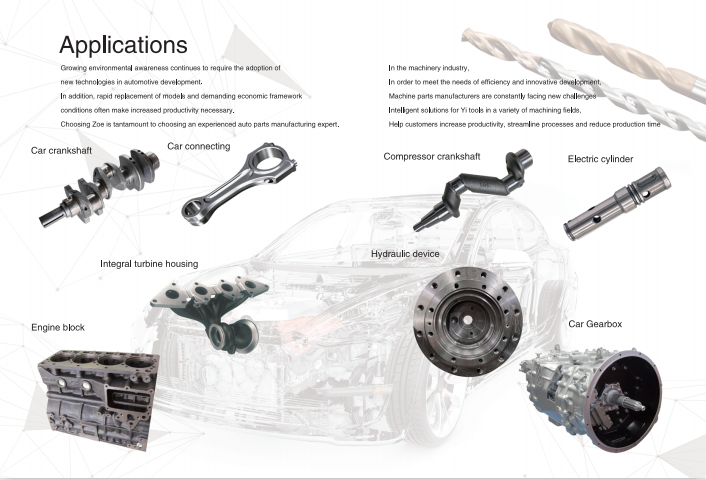Melon, melon, pumpkin and squash melons grow faster, have more results, and have better fertility and weaker roots. They need potassium most during the whole growth period and nitrogen is again phosphorus. For example, each ton of melon produced by melon needs to absorb 1.9-2.7 kg of nitrogen, 0.8-0.9 kg of phosphorus, and 3.5-4.0 kg of potassium from the soil. Therefore, the potassium fertilizer applied to fruit and vegetable cultivation should be more. Potassium deficiency is easy to start from the edge of the lower old leaves, and the dried leaves are prematurely senescent; the fruit is easily deformed and the fruit yield is low.
Calcium and magnesium are medium-sized elements that need more fruit and vegetables. The production of melon per ton requires 2.1-2.2 kg of calcium and 0.4-0.5 kg of magnesium. Calcium deficiency can easily lead to root dysplasia. These long strips of melons are easy to bend and the fruit is loose and spongy. Calcium deficiency should be solved by comprehensive measures such as adding organic fertilizer, lime and calcium nitrate (20-30 kg/mu). These cucurbits are sensitive to magnesium-deficient magnesium deficiency. Magnesium deficiency in sandy soils is more severely deficient in magnesium. The yellow leaves of the old leaves in the lower part of the plant keep the green leaves prematurely dying. Norwegian yuppie high-potassium compound fertilizer contains 2.65% magnesium. It can solve the problem of magnesium deficiency by using 40-50 kg per mu. The sulphur content of fruits and vegetables is probably close to that of phosphorus. Planting melons and fruits should be based on the application of potassium sulfate type compound fertilizer. Boron and zinc are two kinds of trace elements, which are easy to be planted in melons and vegetables. In addition to application of borax and zinc sulfate, it is also possible to spray Cui Kang Jin Peng liquid and Hua Guo Ling. These two foliar crops are easier to absorb.
Comprehensively solve the problem of nutrient imbalance in the planting process. Farmers can adopt the following nutrition programs: base fertilizer, 500-800 kg of organic fertilizer, and Norwegian high-potassium (12-11-18) compound fertilizer 25-30 kg; 7- after transplanting 10 days of acre of Norwegian yoghurt calcium nitrate 15-20 kg; then apply 1-2 times Norwegian yuppie high-nitrogen compound fertilizer 10-15 kg per acre. At the beginning of the flowering period, 10-15 kg of Norwegian yoghurt calcium nitrate is applied once. In the final stage of fertilization, it is best to apply Norwegian high-nitrogen and high-potassium compound fertilizers together with 5-8 kg per acre and every 7-10 days of fertilization. The number of fertilization times is determined according to the length of harvesting period. Spraying Cui Kang Baoli for 3-4 times every 15 days from the 15th day before flowering.
Centering Spot Drill Solid Carbide
Carbide Spot Drill, It is mainly to make small holes in advance at the position where drilling is needed to facilitate positioning during drilling. which can be used for drilling non-ferrous metals (aluminum alloy, copper), cast iron, alloy steel, low carbon steel, high hard steel, stainless steel, And various difficult-to-process materials, etc.;

Centering Spot Drill Solid Carbide ,Solid Carbide Step Drills,Spot Drill Bit,Center Drill For Lathe
ROYI CNC TOOL TAIXING CITY CO.,LTD , https://www.royitools.com